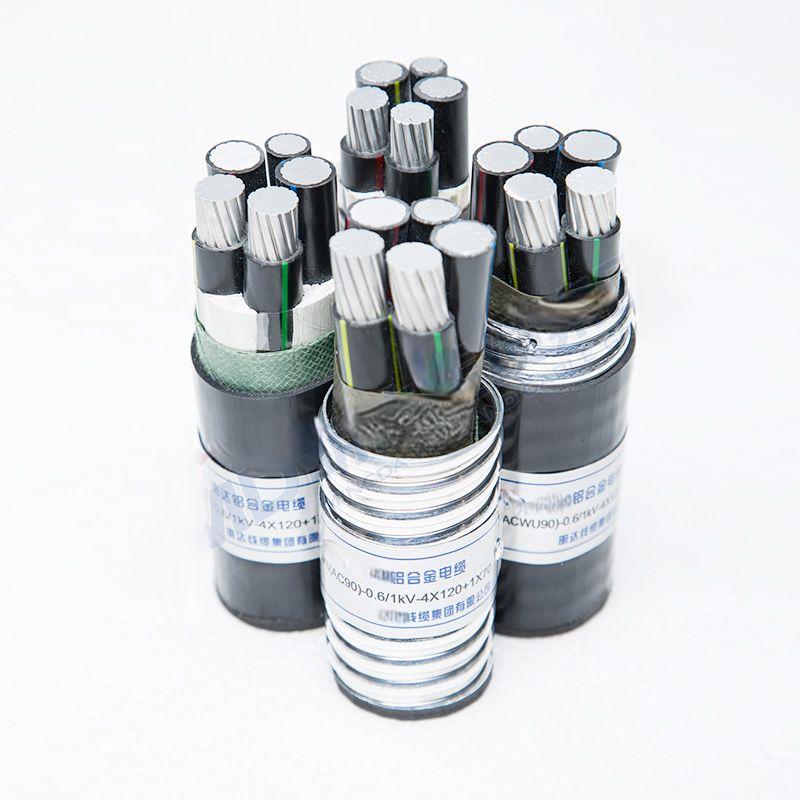9 月 . 15, 2024 07:55 Back to list
Metal Seat Gate Valve - Durable and Reliable Valve Solutions
Understanding Metal Seat Gate Valves An Overview
Metal seat gate valves are crucial components in various industrial applications, known for their durability and reliable sealing properties. As plumbing, oil and gas, and chemical processing industries demand robust solutions for controlling fluid flow, metal seat gate valves offer an efficient means to provide reliable shut-off capabilities.
A gate valve operates by lifting a gate out of the pathway of the fluid. When fully opened, the flow is unobstructed, allowing for minimal pressure drop and high capacity. Metal seat gate valves, in particular, are designed with seating surfaces made of metal, which can withstand high temperatures and pressures, making them suitable for industrial settings where these conditions are prevalent.
One of the key advantages of metal seat gate valves is their exceptional wear resistance. Unlike softer materials, such as rubber or elastomers, metal seats are not susceptible to damage from abrasive materials or harsh operating conditions. This characteristic extends the lifespan of the valve and enhances the reliability of the entire system. Moreover, the rigid nature of metal seats ensures that the sealing capabilities remain intact over extended periods of use.
These types of valves come in various configurations, including wedge, parallel, and rising stem designs. The wedge design is the most common, featuring a V-shaped gate that creates a tight seal when closed. Parallel gate valves utilize two parallel discs that come together to create a seal, ideal for applications requiring precise control. Rising stem gate valves have a stem that moves with the gate, providing visual confirmation of the valve's position.
metal seat gate valve

Metal seat gate valves are engineered for various applications, including high-pressure steam systems, hydraulic oil, and chemical transport operations. In environments with fluctuating temperatures or corrosive substances, stainless steel and similar alloys are often used to manufacture these valves, enhancing their resistance to degradation.
Installation and maintenance of metal seat gate valves require careful consideration. Given their robust construction, they are typically heavier and may necessitate physical support during installation. Additionally, regular maintenance checks should be part of the operating protocol to ensure that the valve functions correctly over time. In particular, inspections of the sealing surfaces and mechanisms should be performed to identify any potential issues that could lead to leaks or reduced performance.
The selection of the right valve involves understanding the specific requirements of the application, including pressure ratings, temperature ranges, and the nature of the fluid being handled. Choosing the correct material is also vital; the wrong choice can lead to premature failure.
In conclusion, metal seat gate valves are invaluable in a multitude of industrial processes, offering durability, high performance, and reliability. With their ability to withstand extreme conditions and their effectiveness in controlling flow, these valves remain a preferred choice for engineers and technicians worldwide. As industries continue to evolve, the design and application of metal seat gate valves will undoubtedly adapt, ensuring they meet the ever-changing demands of modern operations.
Share
-
Understanding the Differences Between Wafer Type Butterfly Valve and Lugged Butterfly ValveNewsOct.25,2024
-
The Efficiency of Wafer Type Butterfly Valve and Lugged Butterfly ValveNewsOct.25,2024
-
The Ultimate Guide to Industrial Swing Check Valve: Performance, Installation, and MaintenanceNewsOct.25,2024
-
Superior Performance with Industrial Swing Check Valve: The Essential Valve for Any SystemNewsOct.25,2024
-
Industrial Swing Check Valve: The Ideal Solution for Flow ControlNewsOct.25,2024
-
You Need to Know About Industrial Swing Check Valve: Functionality, Scope, and PerformanceNewsOct.25,2024